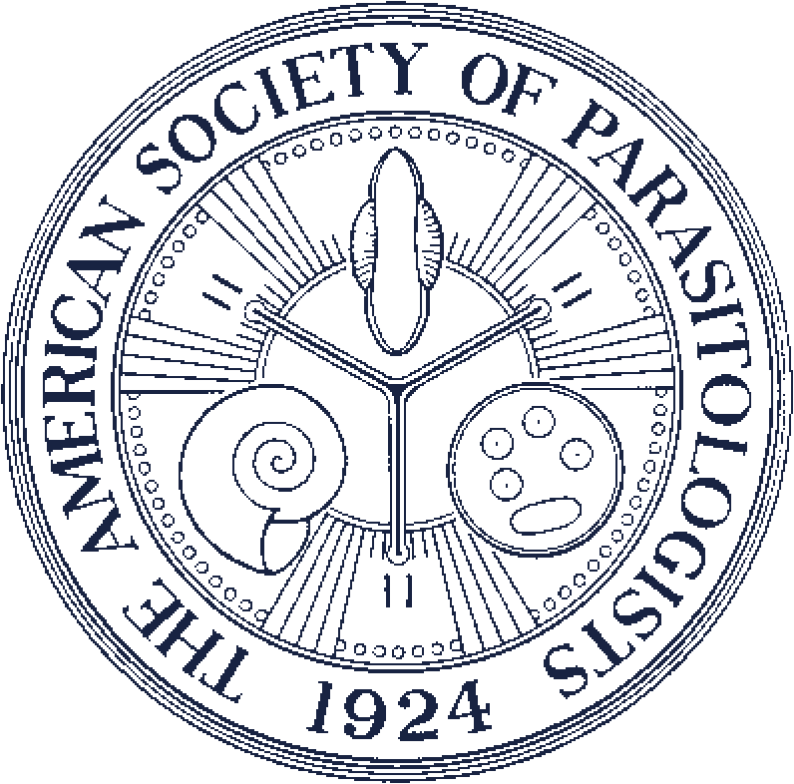Differentiation of the Microfilariae of Dirofilaria immitis and Dirofilaria repens in Stained Blood Films
An examination was made of Giemsa-stained microfilariae in thin blood films from (n = 9) dogs naturally or experimentally infected with Dirofilaria immitis or Dirofilaria repens. Morphological measurements (total length, length of cephalic space, anterior end to nerve ring and last body nucleus, and nucleus-free tail tip) were made on 2–6 microfilariae from each dog with the use of digitally captured images and imaging software. The microfilariae of D. repens were significantly greater (P < 0.001) in all measured dimensions except for the length of the cephalic space, which was significantly shorter (P < 0.001) than that of D. immitis. The cephalic space of D. repens was characterized by being short and routinely being terminated by a distinct pair of nuclei that were separate from the remaining somatic nuclei of the microfilaria. The cephalic space of the smaller microfilaria of D. immitis was longer and did not have the distinct nuclei separated from the somatic column nuclei near the anterior end. The character of the cephalic space seems to be a criterion that could be routinely used for the easy differentiation of these 2 microfilariae in stained blood films.Abstract:

Microfilaria of Dirofilaria repens from a dog in Missouri that had spent time in Poland. The microfilariae were confirmed with the use of PCR to be those of D. repens (see text). Bar = 10 μm.

Anterior ends of Giemsa-stained microfilariae of Dirofilaria immitis (A–I) and Dirofilaria repens (J–Q). Each anterior end represents 1 of several microfilariae examined from each of 18 infected dogs. All images are at the same scale. Bar = 10 μm.
Contributor Notes
